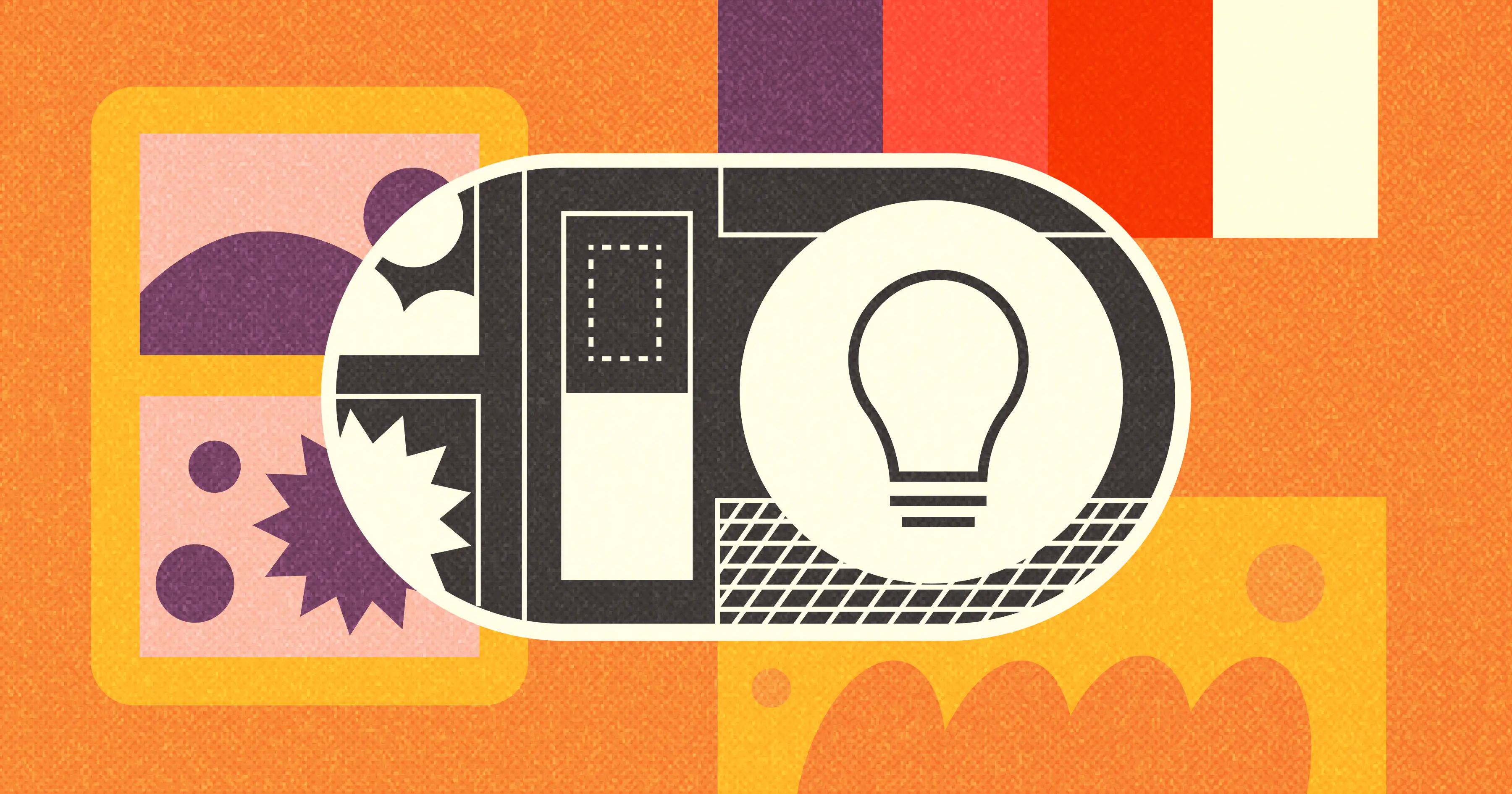User experience (UX) design is the discipline of improving how people interact with digital products and systems so they can achieve their goals quickly, easily, and confidently. It removes friction, reduces cognitive load, and creates intuitive pathways for users to complete tasks without confusion or hesitation.
And when UX goes wrong, the cost is staggering.
The $260 Billion Problem Hiding in Plain Sight
While you read this sentence, your website just lost another potential customer. And another. And another.
Right now, 70% of visitors abandon their shopping carts before completing a purchase. If your site gets 1,000 visitors a day with an average order value of $100, that’s:
- $70,000 of lost potential revenue per day
- $2.1 million per month
- Over $25 million per year
All because the experience didn’t help the user finish what they came to do.
Last year, we worked with a mid-sized e-commerce company facing this exact situation. Their traffic was strong. Their pricing was competitive. Their CAC was under control.
But 40% of potential revenue was evaporating at checkout.
A UX diagnostic revealed the true causes:
- A checkout spread across 7 steps
- Repeated requests for the same information
- No guest checkout
- Error messages shown only after submission
- Mobile spacing issues that caused mis-taps
Three weeks after implementing a refined UX flow, their conversions increased 34%.
Same traffic. Same product. Same pricing.
The only change was a smoother user experience.
This was not a marketing problem. This was not a conversion trick. This was a user experience problem. Businesses lose billions every year because of it.
What UX Actually Is, and What It Is Not
Before defining UX design, we need to address the misconceptions that prevent leaders from using it to its full advantage.
Myth 1: "UX is just UI with a different name"
User Interface (UI) refers to the visual elements of a product, such as buttons, colors, typography, and layouts. It is what users see and touch.
User Experience (UX) is the entire journey someone takes with your product. It includes information architecture, user research, content strategy, interaction patterns, and emotional cues.
UI is what the car looks like. UX is how reliably it starts, how smoothly it handles, and how confidently you arrive where you intended.
Both matter, but they solve different problems.

Myth 2: "UX is about making things pretty"
Aesthetic beauty does not guarantee usability.
A beautiful interface that forces users to stop, interpret, or guess often becomes frustrating. When designers prioritize decoration, such as heavy animation or stylized layouts, the user slows down. Confidence drops. The experience suffers.
Good UX puts clarity first. Clean hierarchy, predictable patterns, and effortless navigation create elegance through function.
The most beautiful experience is one that works without effort.
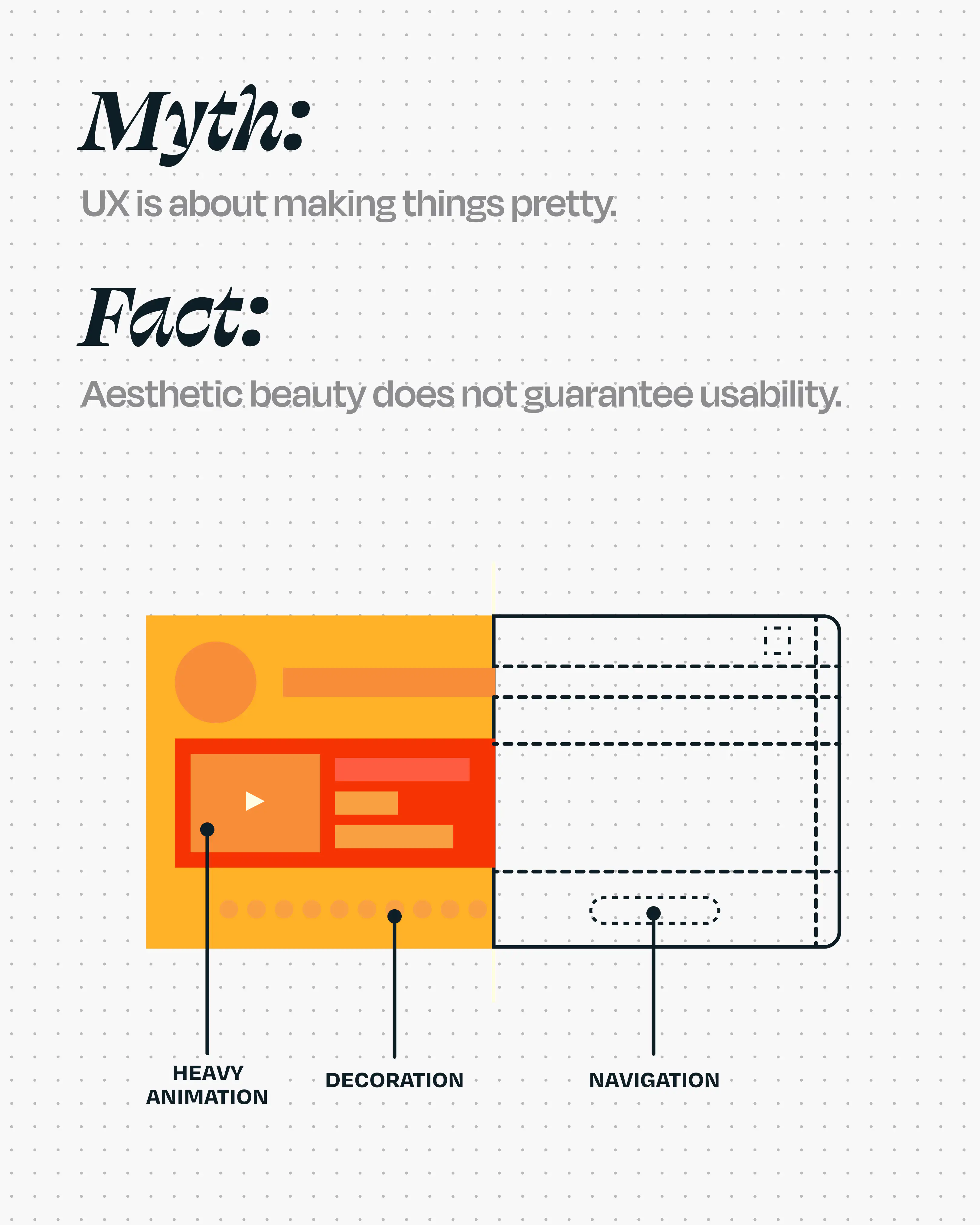
Myth 3: “UX is a one-time project phase”
This is one of the most expensive misunderstandings in digital product teams.
UX is not a wireframing task or a redesign sprint. It is not a phase you finish. It is an ongoing discipline.
High-performing companies treat UX like maintenance. They continue to gather feedback, run usability tests, analyze behavioral data, and refine their interfaces. Amazon has improved its checkout for more than 20 years. Apple releases UX-driven updates multiple times each year.
UX is continuous, not seasonal.
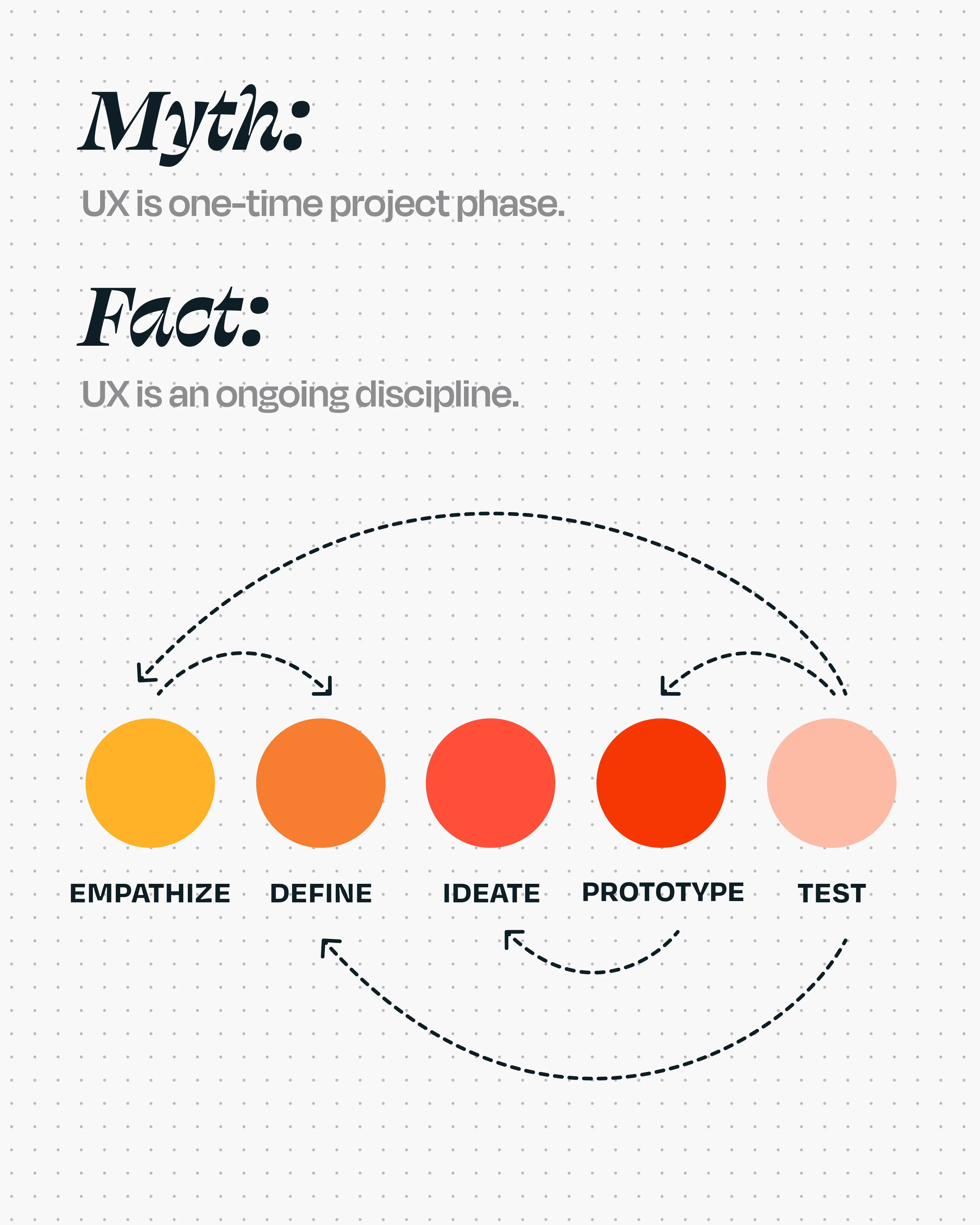
Myth 4: “Users should be able to figure it out”
If users have to figure out your interface, it has already failed them.
Every moment they spend hesitating is a moment they consider leaving. As Steve Krug said in his classic work “Don't Make Me Think”, clarity is not optional.
Your interface should feel intuitive enough that users can complete their primary goal without instructions or cognitive strain.
Once you clear away these myths, the true scope of UX design becomes obvious.
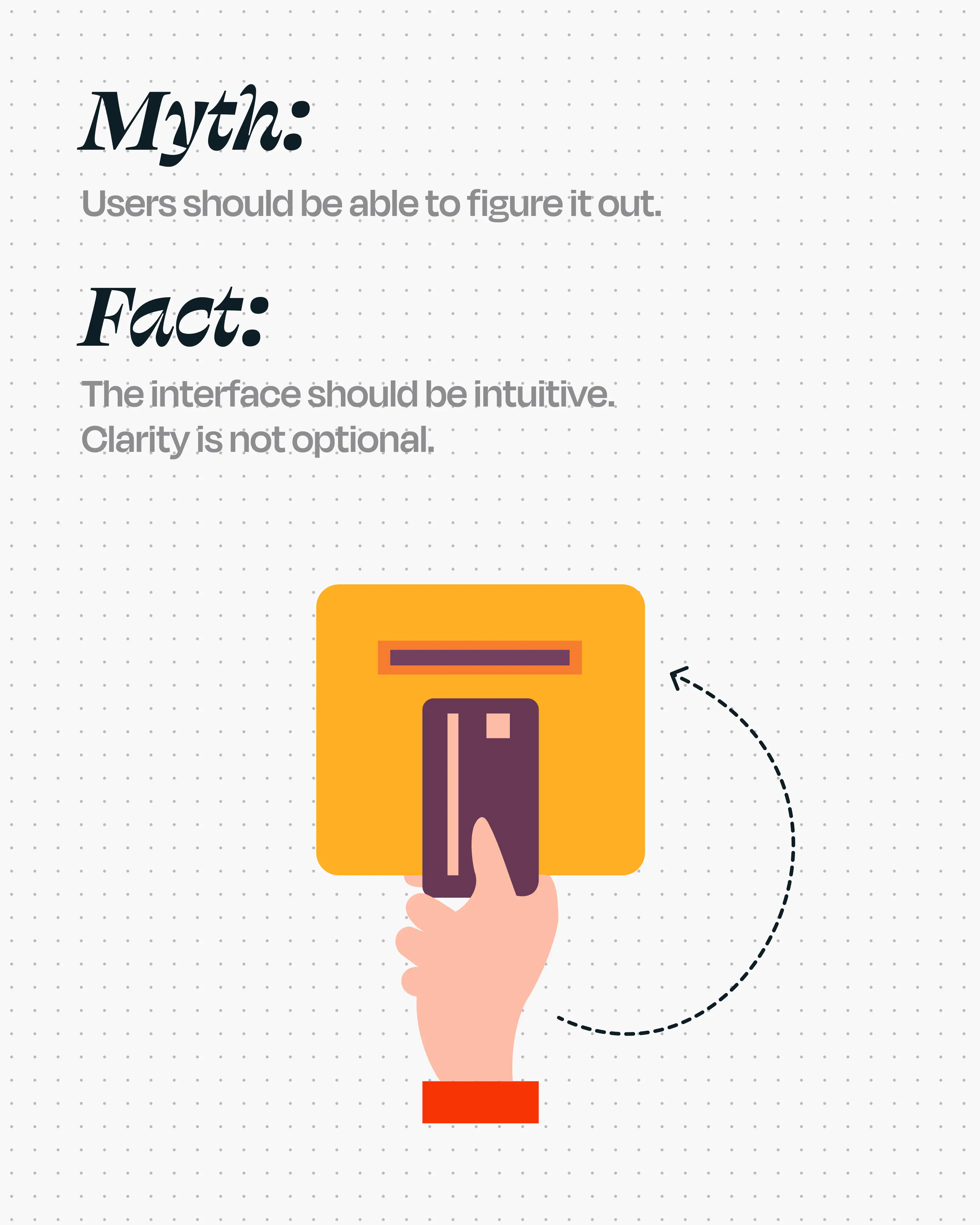
What Is UX Design?
User experience (UX) design is the practice of making products easy, efficient, and enjoyable to use. It involves user research, information architecture, interaction design, prototyping, usability testing, accessibility, and continuous improvement.
UX design ensures your product works for real people in real situations, and works consistently enough that they return, convert, and recommend it to others.
UX applies to:
- Websites
- Mobile apps
- SaaS platforms
- E-commerce
- Customer service flows
- Checkout systems
- Physical products
- Retail or service environments
- Voice interfaces and AI systems
Wherever humans interact with something, UX shapes that interaction.
Why UX Matters More Than Ever in 2026
Four forces have converged to make UX essential for survival.
1. Infinite alternatives have created zero tolerance
Switching to a competitor takes a single tap.
Research shows that 88% of users do not return after a bad experience. Expectations are shaped by world-class interactions. People use Netflix, Amazon, Google Maps, and Instagram. These become the benchmark for every digital product.
If your checkout takes 7 steps and a competitor takes 2, the loss is immediate.
2. Customer expectations continue to rise
Users expect intuitive, fast, and personalized experiences. Page load time expectations have compressed dramatically. Google’s research shows 53% of mobile users abandon sites that take longer than 3 seconds to load. Each additional second decreases conversions by 7%.
Most web traffic now comes from mobile devices. Experiences that are not optimized for small screens, thumb interactions, readable text, or weaker networks simply lose users.
3. UX is the new competitive differentiator
In markets where products share similar features, user experience becomes the deciding factor.
Most flagship smartphones have comparable cameras and processors. Loyalty comes from how the ecosystem feels to use. Apple’s consistency, Google’s seamless integration, and Samsung’s customization each create a distinct experience.
Products are similar. Experiences decide winners.
4. Accessibility is now required, not optional
More than 1 billion people worldwide live with some form of disability. The Americans with Disabilities Act and the Web Content Accessibility Guidelines require accessible design for many businesses.
Good UX naturally supports accessibility. Clear navigation helps everyone. Large tap zones help users with limited mobility and users holding phones. Readable text helps users with vision impairments and users standing in bright sunlight.
Accessibility is both a legal requirement and a business advantage.
UX vs UI vs CX: Understanding the Ecosystem
These three concepts often get tangled together, so here is a simple breakdown.
UI (User Interface)
The visual and interactive layer.
Typography, color schemes, buttons, icons, spacing, motion, and visual hierarchy.
UI asks: How does it look.
UX (User Experience)
The functional and emotional layer.
Research, flows, wireframes, prototyping, usability, accessibility, performance, and behavior analysis.
UX asks: Does this help the user succeed easily.
CX (Customer Experience)
The complete relationship.
Marketing, sales, onboarding, product use, billing, support, and after-sales interaction.
CX asks: How does the entire relationship feel.
Great companies align all three.
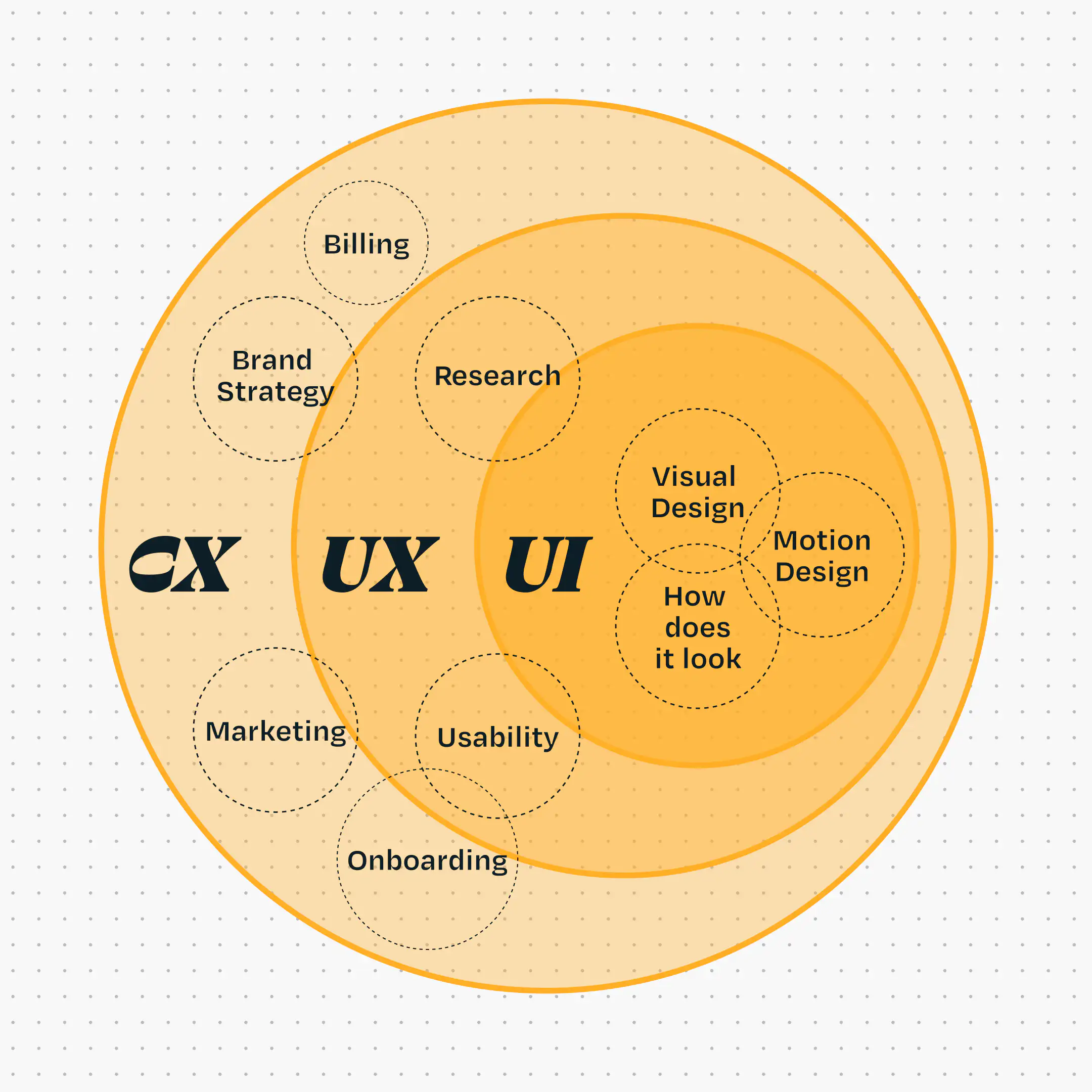
Experience is the real competitive edge, not features
In a world where products look alike and load equally fast, user experience is no longer a nice to have. It is the difference between growth and decline.
Good UX reduces acquisition costs.
Good UX increases conversions.
Good UX boosts loyalty.
Good UX reduces support tickets.
Good UX increases lifetime value.
One frictionless moment can multiply revenue.
One frustrating moment can lose a customer forever.
Experience design is business design.
Take the First Step: Get a Free UX Diagnostic Call
If you are unsure where your product is losing users or how much friction is costing you, schedule a free UX diagnostic call with Sparklin.
In this session, we will help you uncover:
- Where users drop off
- What slows your flows
- Which interactions cause friction
- What changes will create the highest ROI
- How to fix UX issues without a full redesign
- What benchmarks your product should meet in 2026
No pressure.
No obligation.
Just clarity.



